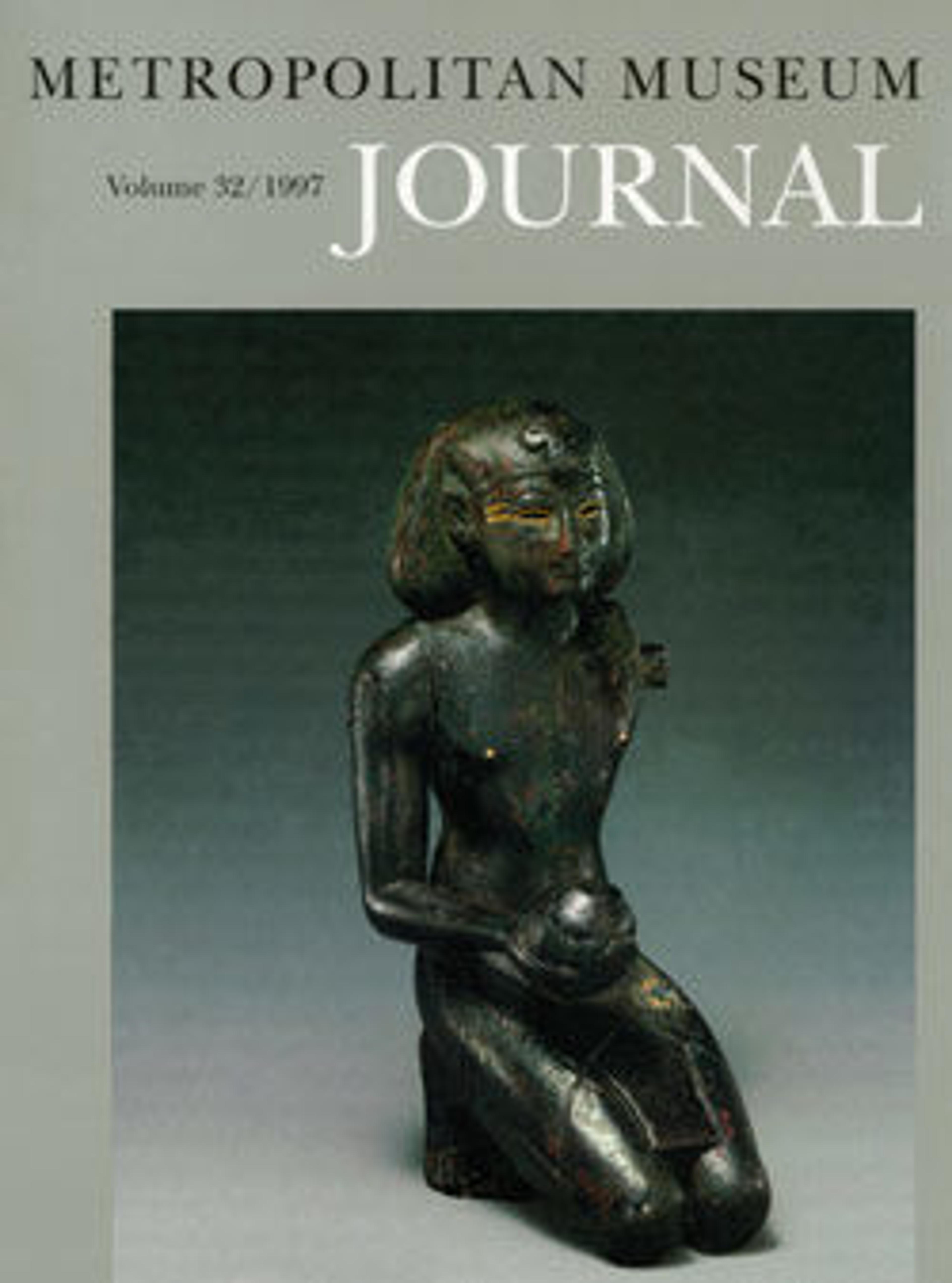Harpsichord
Jan Couchet the Elder was the grandson of the famed Flemish keyboard maker Hans Ruckers. Couchet carried on the Ruckers tradition, inheriting the workshop of Ruckers's eldest son in 1643. This harpsichord originally had only one keyboard and one set each of unison and octave strings. In the eighteenth century the case was lengthened and a second keyboard and a second set of unison strings were added. The number of rows of jacks was increased from two to four: a close-plucking "lute stop" that plucks one set of unison strings from the upper keyboard, a second row that plucks the other set of unison strings and is operated from both keyboards, a third row that plucks the octave strings, and a fourth row that plucks the same strings as the lute stop. Both the first and the fourth rows divide at middle C, so that it is possible to play the lute stop in the treble from the upper keyboard while playing the farthest unison in the bass from the lower keyboard or vice versa. (Benjamin Hebbert 2016)
Technical description: Case of linden or poplar, painted on the outside with flowers and conventional ornaments on a gilded ground, the interior ornamented with black scroll tracery on a gilded ground, on a stand with seven legs and lower stretchers carved and gilded; original compass and disposition was FF.GG.AA-c3, single manual, 1x8', 1x4', buff stop, underwent ravalement, probably in the late 17th century, to FF.GG-c3, double manual, 2x8', 1x4', dog-leg, cut-through lute register (plucks longer 8' choir); ivory naturals with gilded fronts, dark-stained accidentals, key frames normal for Ruckers except that key dip is controlled by padding underneath front o keys rather than by overhead rail at the rack; beech jacks with bristle springs and quill plectra, leather-covered slides and guides, registers moved by brass knobs that protrude through the cheek; soundboard decorated with gold arabesques and gilded cast metal rose. (Douglas Maple 1983)
Technical description: Case of linden or poplar, painted on the outside with flowers and conventional ornaments on a gilded ground, the interior ornamented with black scroll tracery on a gilded ground, on a stand with seven legs and lower stretchers carved and gilded; original compass and disposition was FF.GG.AA-c3, single manual, 1x8', 1x4', buff stop, underwent ravalement, probably in the late 17th century, to FF.GG-c3, double manual, 2x8', 1x4', dog-leg, cut-through lute register (plucks longer 8' choir); ivory naturals with gilded fronts, dark-stained accidentals, key frames normal for Ruckers except that key dip is controlled by padding underneath front o keys rather than by overhead rail at the rack; beech jacks with bristle springs and quill plectra, leather-covered slides and guides, registers moved by brass knobs that protrude through the cheek; soundboard decorated with gold arabesques and gilded cast metal rose. (Douglas Maple 1983)
Artwork Details
- Title: Harpsichord
- Maker: Jan Couchet the Elder (Flemish, Antwerp 1615–1655 Antwerp)
- Date: ca. 1650
- Geography: Antwerp, Flemish
- Culture: Flemish
- Medium: Wood and various materials
- Dimensions: Inst.:232 cm x 29cm x 86cm
Stand: 234cm x 90cm x 76cm - Classification: Chordophone-Zither-plucked-harpsichord
- Credit Line: The Crosby Brown Collection of Musical Instruments, 1889
- Object Number: 89.4.2363
- Curatorial Department: Musical Instruments
More Artwork
Research Resources
The Met provides unparalleled resources for research and welcomes an international community of students and scholars. The Met's Open Access API is where creators and researchers can connect to the The Met collection. Open Access data and public domain images are available for unrestricted commercial and noncommercial use without permission or fee.
To request images under copyright and other restrictions, please use this Image Request form.
Feedback
We continue to research and examine historical and cultural context for objects in The Met collection. If you have comments or questions about this object record, please contact us using the form below. The Museum looks forward to receiving your comments.
